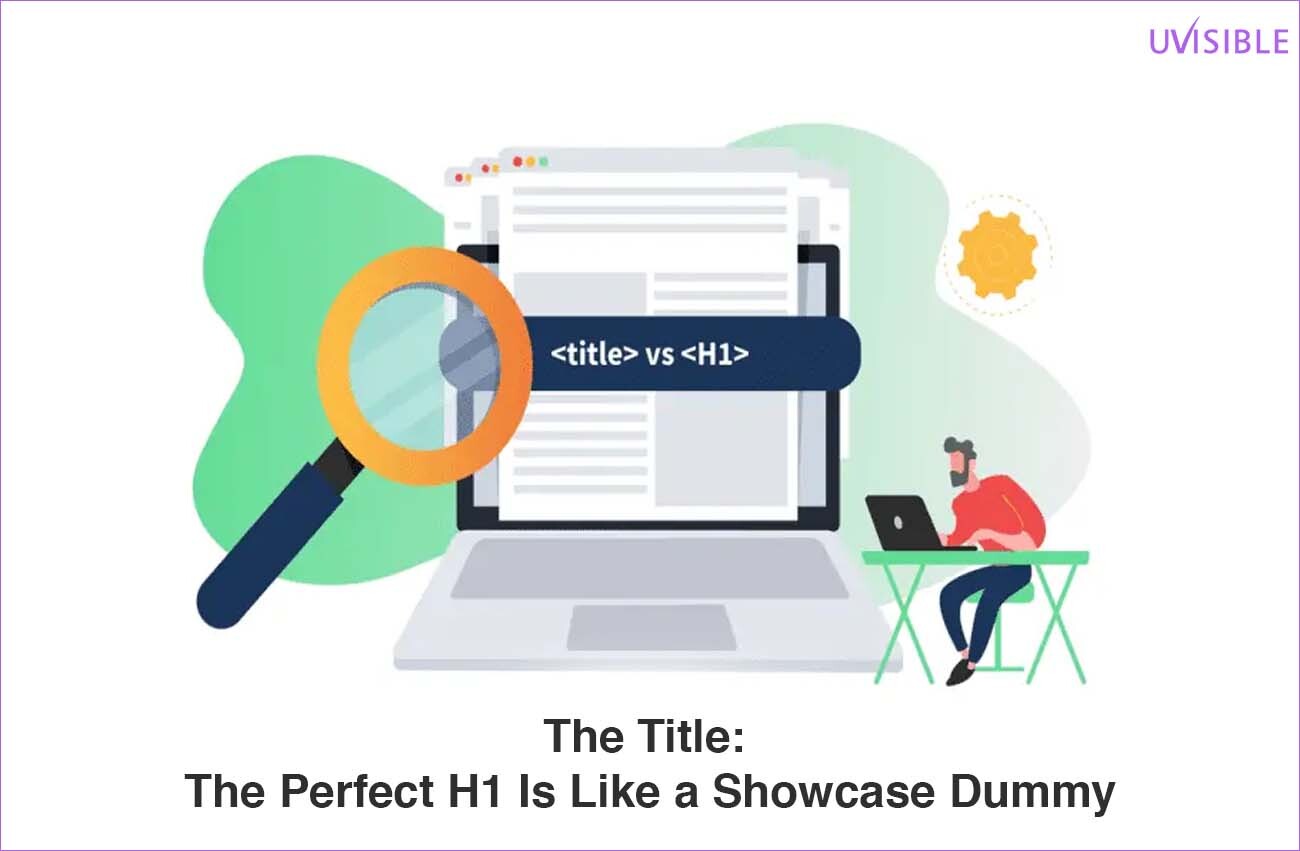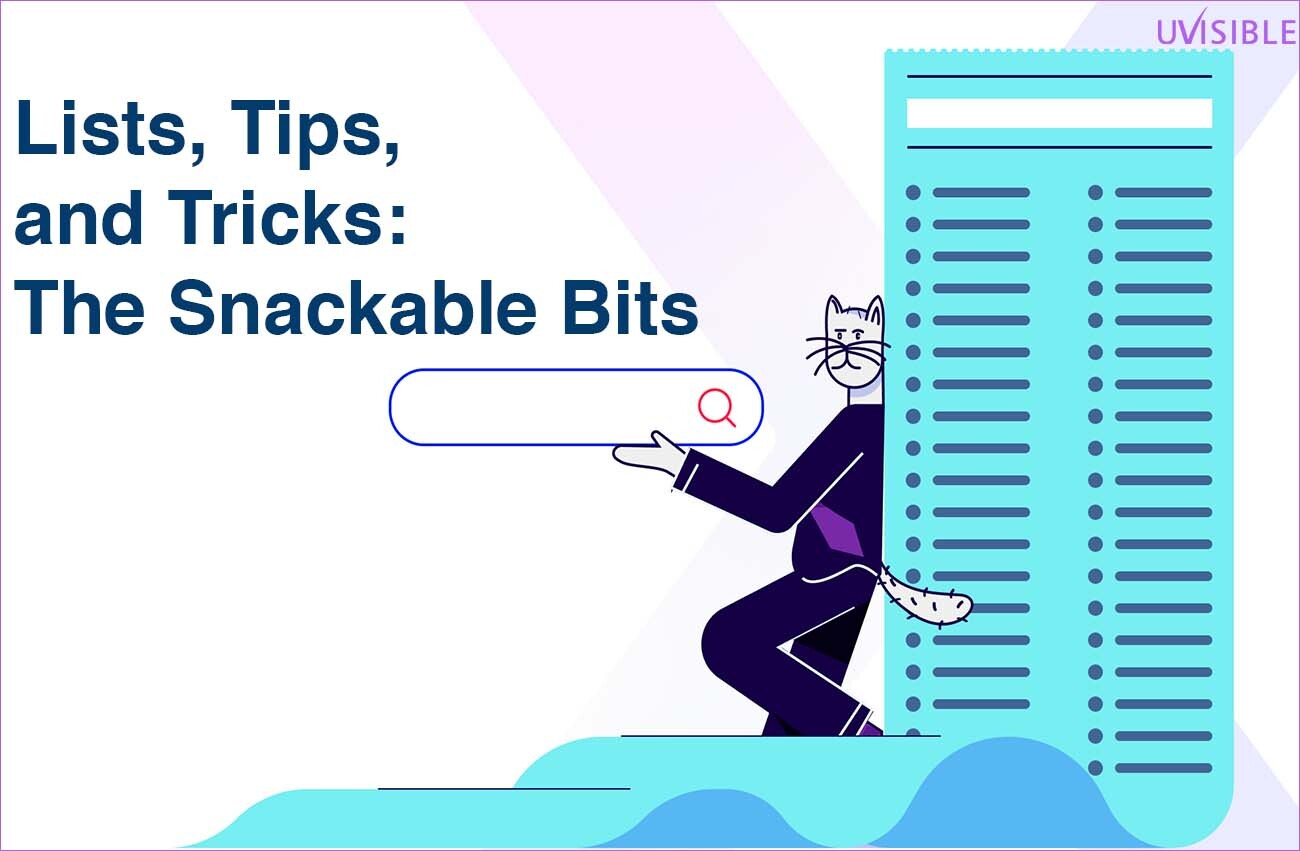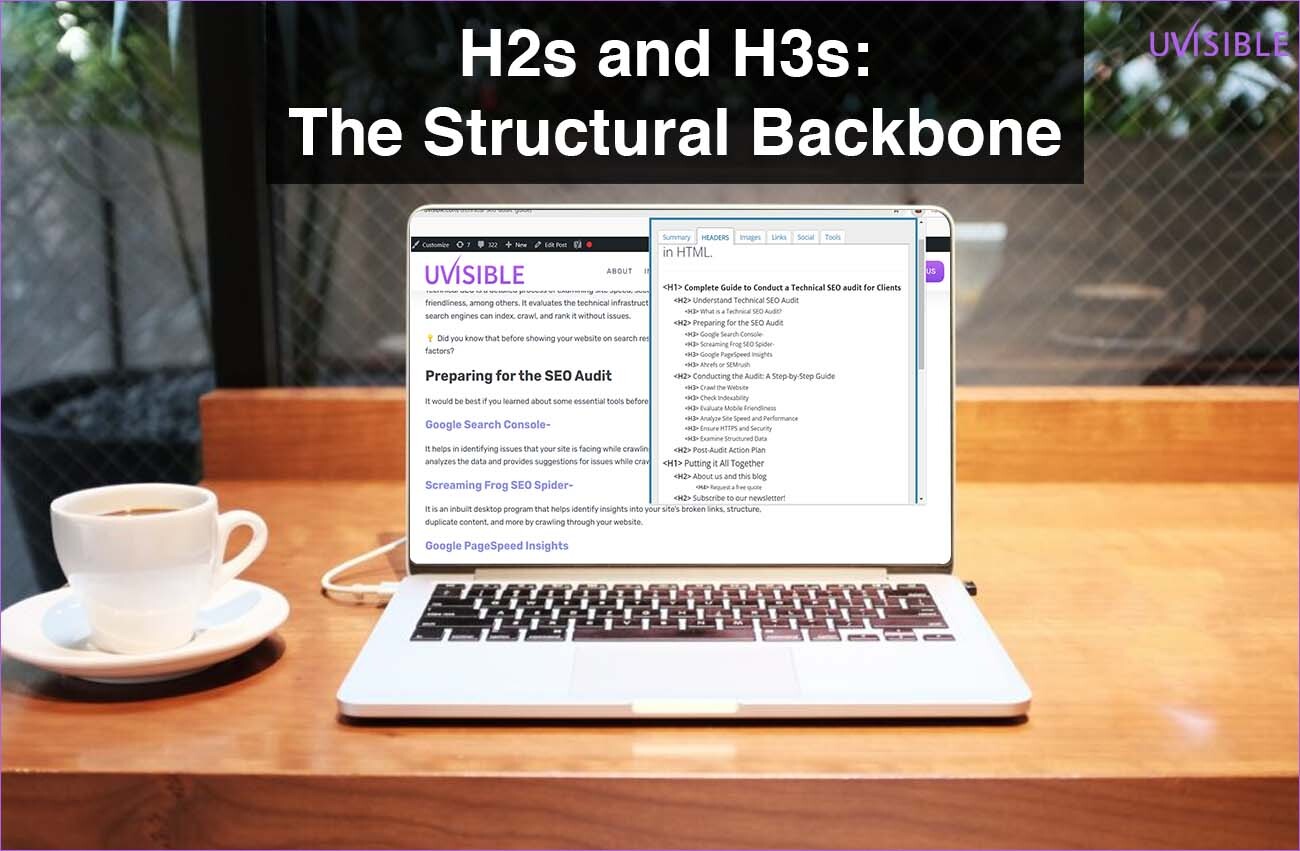In the fierce SEO world, writing an effective SEO article is like developing Coral City: half art, half science, with a touch of creativity thrown in. The reality?
There is no exact formula that applies to all, but there are a few golden rules. If you successfully follow them, you will get attention from both search engines and readers.
But stop, people must have told you that content is just about stuffing keywords and you are done for the day? Well, they are wrong because a perfect SEO article is like making pizza.
The keywords are just the toppings, but to make it perfect, you would need bread, and sauces too (a.k.a engaging content, structure, and a human touch).
Let’s go ahead with the blog to find out the best ways to write SEO-friendly article and make it human-friendly. And, if you want to make it easy, hire an SEO outsourcing agency India.
8 Tips on How to Make Article SEO Friendly
The Title: The Perfect H1 Is Like a Showcase Dummy

The H1 title is the first thing that search engines and readers notice. Imagine going to a store and seeing untidiness, no lights, and no display- you will never go inside, right? So here’s the thing you can do to have a great H1-
- Grab attention.
- Clearly state the topic.
- Include your Target Keyword.
For example, “7 Tips to Increase Website Traffic with Off-Page SEO” is appealing, actionable, and specific, providing the right idea to both readers and crawlers.
Make sure that you don’t overstuff keywords as it will draw away the readers. Be creative! Your title should be the digital window display for your article to showcase exactly what they will find here.
Tip of the day!
Add metaphors or ask questions in your title to make it interesting. For example, instead of writing the title “SEO Tune-Up for Businesses”, write “Why Every Business Needs an SEO Tune-Up”.
The Introduction: Hook Them Like a Suspenseful Ending in a TV Series

The introduction should be able to hook your readers just like the way a great suspense TV show does to you.
You don’t have much time to get them. So, drop statistics, start with a fun fact, or pose a question that instantly signals value to the reader. Several SEO article-writing software can assist you in creating an engaging introduction.
However, make sure that you don’t overload it with keywords. Keywords are the hero of the series, but forcing them is not necessary in every scene. The first 100 words are to set the stage for your art, so don’t add everything to overburden your audience in there.
Overdoing might get you traffic, however, it won’t keep them hooked for long!
For instance, to keep the reader hooked, instead of starting with “This article is about SEO strategies,” use something like, “Did you know 68% of online experiences begin with a search engine? Here’s how to make sure your site doesn’t get lost in the crowd.”
Overly Simplistic Problems and Solutions—Do Better!

Most SEO content is like a Problem. Solution. More Keywords.
And… The end.
It’s like telling someone in distress, it will be fine. Sure, it is technically correct, but is it helpful? Not, so we suggest, breaking down the problem with context, details, and examples.
Understand your audience first, whether they are beginners or experts, and tailor your explanation accordingly. Your content should have a distinct roadmap and not some vague trail leading nowhere.
For example, if the article covers pointers about page load spread, go ahead of “ make it faster” to offer proven tips such as “optimize images to under 100KB”, “switch to a reliable CDN” or “use browser caching.”
Make it useful for the reader so that they get encouraged to share and link to it boosting your SEO.
Keywords: The Stars of the Show (But Not Every Scene)

Ah, the star of the SEO show “Keyword”, however, a star should not be overexposed. You might have read or heard then use keywords early in the article and use them often. But this has been an outdated technique that search engines and readers despise.
Keywords are just like ingredients in a recipe. Too much can overwhelm, whereas too little can make it blend. Make sure you spread them naturally throughout your article. Mix the related keywords as semantic search is getting smarter.
Google might look for similar matches as it is searching for context and meaning rather than exact matches. That makes it essential to write naturally and use variations of primary keywords.
Tip of the day!
Use long-tail keywords, related phrases, and synonyms. This will help search algorithms understand what the article is about without overstuffing the keywords in unpleasant ways.
Lists, Tips, and Tricks: The Snackable Bits

Everyone loves a crisp and on-point list. Lists break the monotony of long text, but it makes content easier to crawl. Search engines also find them interesting because these lists can be “featured snippets” (a.k.a Position zero).
These portions of your blog can be informative without getting into long paragraphs. Numbered lists, bullet points, and subheadings can do the magic for you.
For example, optimize images, mobile-friendly design, and internal links for faster loading, reduced bounce rate, and higher traffic.
It’s like serving cheese balls at a part, bite-sized and easy to digest.
H2s and H3s: The Structural Backbone

H2s and H3s are the anchors of your article. They not only break your content to make it visually appealing but also for the reader to navigate, and signal to search engines the hierarchy and structure of your information.
Consider H2s are the chapter title of your book and H3s are the sub-heading within those chapters. It will help search engines crawl and index the content.
For example:
- H2: What is SEO Audit?
- H3: Why Audit is Essential for SEO
- H3: How to Conduct SEO Audit
Don’t Overload on Keywords—Content > Keywords

You must have gone through articles with overstuffed keywords, and you might have felt it distracting!
Overstuffing keywords is like trying to win the game but at the cost of losing the audience’s love. But remember, that with every changing algorithm, Google is getting smarter. It values readability, user experience, and context, rather than over sheer keyword volume.
When you write content naturally, the keywords fall into place automatically. Create content that adds value to the reader’s life. If it is useful and the reader shares it, you will organically rank higher, and voila! No keyword stuffing is required.
The Conclusion: Stick the Landing

The conclusion is like the final scene of your movie where you get the final chance to leave a lasting impression. Don’t just restate what you have written above instead encourage action!
You can offer a next step, ask a question, or suggest a resource. It will keep them hooked and encourage them to take action like checking out another blog or signing up for a newsletter.
SEO Is More Than Just Words!
Summing up the article, it can be said that SEO articles are both art and science. It’s all about balancing the needs of humans and search engines. Make sure that you look further from keywords, sure they are important but content resonating with readers is essential.
Using the tips above, you can learn SEO-friendly article writing.
So make sure that you create an SEO article that is helpful, engaging, and natural. Understand that your SEO efforts will bring traffic for sure but also it will build trust, loyalty, and engagement.
Get help from content marketing services to develop SEO-friendly content for your website!
About us and this blog
We are a digital marketing company with a focus on helping our customers achieve great results across several key areas.
Request a free quote
We offer professional SEO services that help websites increase their organic search score drastically in order to compete for the highest rankings even when it comes to highly competitive keywords.
Subscribe to our newsletter!
More from our blog
See all postsRecent Posts
- How to Crack Google Discover SEO and Boost Your Content Visibility November 6, 2024
- How To Write an SEO-Friendly Article? November 5, 2024
- 𝗖𝗼𝗺𝗽𝗹𝗲𝘁𝗲 𝗚𝘂𝗶𝗱𝗲 𝘁𝗼 𝗖𝗼𝗻𝗱𝘂𝗰𝘁 𝗮 𝗧𝗲𝗰𝗵𝗻𝗶𝗰𝗮𝗹 𝗦𝗘𝗢 𝗮𝘂𝗱𝗶𝘁 𝗳𝗼𝗿 𝗖𝗹𝗶𝗲𝗻𝘁𝘀 October 17, 2024








